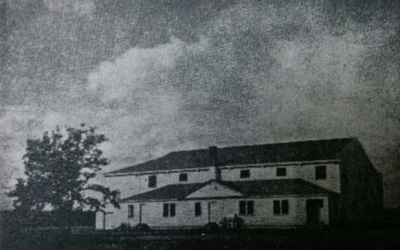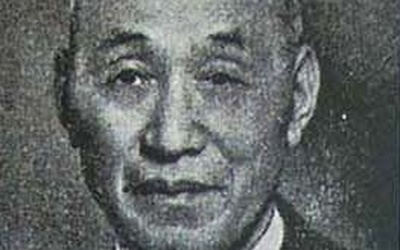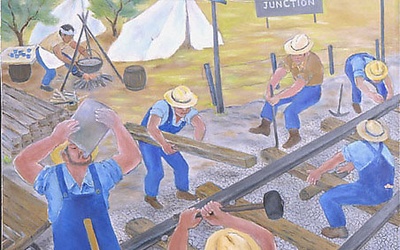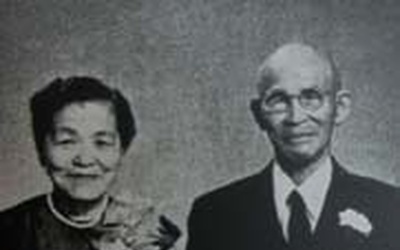Rereading "The Centennial History of Japanese Americans in the United States" - Tracing the Records of the Pioneers

In the early 1960s, a large-scale book titled "A Hundred Years of Japanese Americans in the United States" (Shin Nichibei Shimbunsha) was published, which covered the entire United States and compiled the footsteps of early Japanese immigrants, the roots of Japanese American society. Now, re-reading this book, we look back on where the first generation came from, why they came to America, and what they did. A total of 31 installments.
Stories from this series
Vol. 13 Japanese Americans in Washington State – Part 1
Jan. 9, 2015 • Ryusuke Kawai
Washington State is home to the cities of Seattle and Tacoma, which became the gateway for immigrants when sea routes opened from Japan. Naturally, the history of Japanese and Japanese-Americans there is long. "The Centennial History of Japanese Americans in the United States" devotes 42 pages to introducing Japanese Americans in Washington State. It begins with an overview, followed by a section titled "The Path of Japanese Development," which explains the history of Japanese activities that began in Washington State. …
No. 12 Japanese Americans in Idaho
Dec. 26, 2014 • Ryusuke Kawai
Japanese people from railway work Idaho, bordering Montana to the east and Washington and Oregon to the west, is a region that began with mining as part of the westward development, and later saw the railroad industry flourish. The high plains were also a major agricultural region. According to the "Centennial History," the history of Japanese people in Idaho begins in detail with railroad work. The first Japanese people set foot in Idaho in 1891 (Meiji 24), when the first …
Vol. 11 Japanese Americans in Oregon – Part 2
Dec. 12, 2014 • Ryusuke Kawai
Read Part 1 of Vol. 10: Japanese Americans in Oregon >> Oregon is located between California and Washington. Japanese immigrants in Oregon, also written as Chushu in kanji, have also been subject to anti-Japanese movements and attacks from white society. The "Centennial History" summarizes the history of anti-Japanese sentiment by era. The outline is as follows: As an early example, the Asiatic Exclusion Society was founded in 1910 in the Hood River area, where Japanese agriculture was thriving, and anti-Japanese …
Vol. 10 Japanese Americans in Oregon – Part 1
Nov. 28, 2014 • Ryusuke Kawai
Oregon, on the Pacific coast, is located between Washington state, home to Seattle and Tacoma, to the north, and California, home to San Francisco and Los Angeles, to the south. In Chinese characters, California is written as "加周," while Washington state is written as "華周," and Oregon as "中央周," but this is probably little known. Considering that these kanji spellings of American place names are no longer used in Japan and are not understood even among Japanese Americans, they may …
No. 9 Japanese Americans in Central California
Nov. 14, 2014 • Ryusuke Kawai
Read Part 8, "Japanese Americans in Southern California ~ Part 4" >> The Centennial History of Japanese Americans in the United States introduces the footsteps of Japanese Americans in each state, so far I have been looking at the pages on California. I have introduced Northern California once and Southern California four times . To conclude my California article, I would like to read about 60 pages about Japanese Americans in Central California, including Fresno. The Centennial History also provides …
Vol. 8 Japanese Americans in Southern California – Part 4
Oct. 24, 2014 • Ryusuke Kawai
Read Part 7: Japanese Americans in Southern California - Part 3 >> A collection of over 1,000 personal histories The second volume of the Centennial History of Japanese Americans in the United States traces the footsteps of Japanese Americans in each state, with California taking up about half of the time. On the other hand, most of the pages in each state and region are filled with introductions to numerous Japanese individuals and some organizations. The number of people involved …








